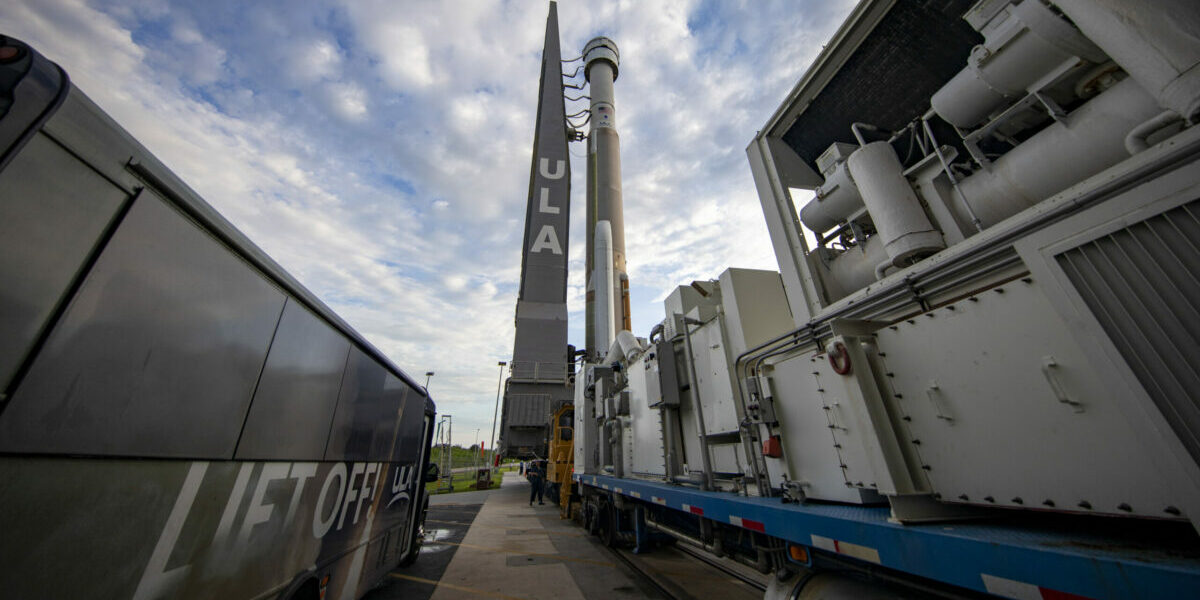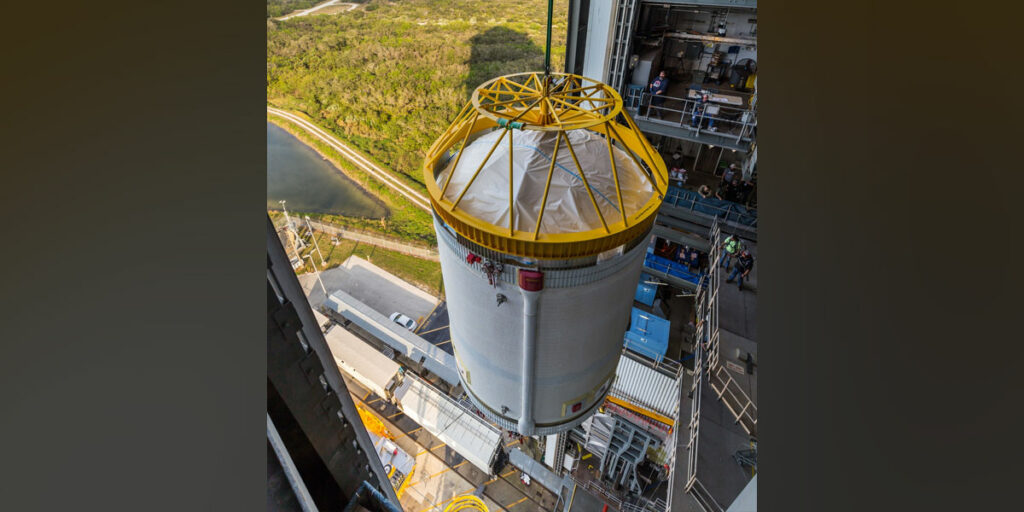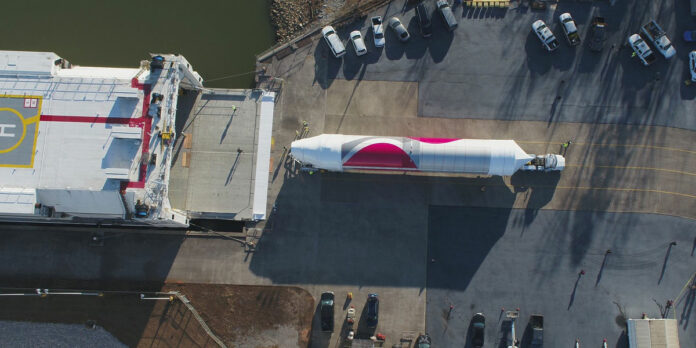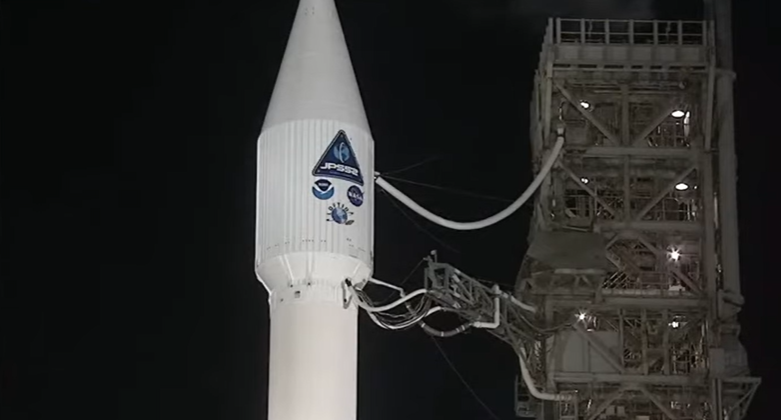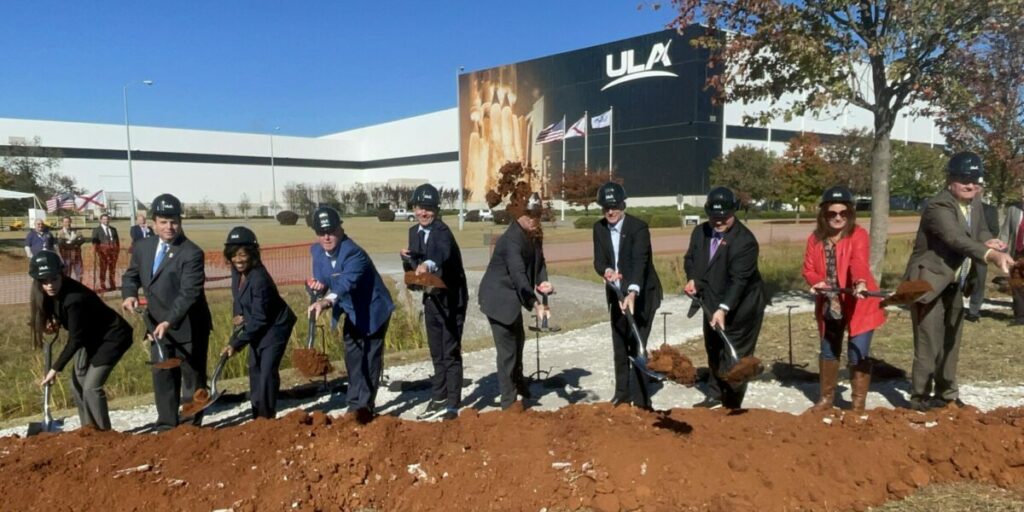United Launch Alliance’s (ULA) Atlas V rocket is in final preparations to launch a Boeing spacecraft capsule to the International Space Station (ISS).
The Orbital Flight Test-2 (OFT-2), part of NASA’s Commercial Crew Program, is planned to launch Thursday at 5:54 p.m. CST from Space Launch Complex-41 at Cape Canaveral Space Force Station. The live broadcast may be viewed Thursday on ULA’s website.
Gary Wentz, ULA vice president of Government and Commercial Programs, touched on the opportunity presented in the rocket manufacturer’s upcoming launch.
“The second orbital flight test will provide us with an opportunity to further analyze the unique technologies developed for our Atlas V launch vehicle in support of NASA’s human spaceflight program,” said Wentz. “We have worked very closely with Boeing and our industry partners to ensure the Atlas V rocket is ready to launch Starliner to the International Space Station. The integrated team remains focused on crew safety and this mission brings us one step closer to flying astronauts.”
According to ULA, the Atlas V rocket will deliver Boeing’s Starliner spacecraft to a 98-nautical mile (nmi) sub-orbital trajectory. Following separation from the Atlas V, the Starliner engines will propel the spacecraft to its final orbit and onto the ISS.
The Starliner is attached to the Atlas V using a launch vehicle adapter (LVA), which includes an aeroskirt to reduce aerodynamic loads on the vehicle. The Atlas V booster for the mission is powered by the RD AMROSS RD-180 engine. The Atlas V Centaur is powered by dual Aerojet Rocketdyne RL10A-4-2 engines.
The Centaur upper stage includes an active Emergency Detection System (EDS) that monitors the health of the rocket throughout the flight. The EDS also provides critical in-flight data that supports the jettison of the ascent cover and initiates Starliner spacecraft separation. Aerojet Rocketdyne provided the two AJ-60A solid rocket boosters.
Thursday’s launch will be the 93rd of the Atlas V rocket and the 104th launch from Space Launch Complex-41. ULA holds a 100% mission success rate in its 149 launches.
Dylan Smith is a staff writer for Yellowhammer News. You can follow him on Twitter @DylanSmithAL




